Green Wednesday: RISE Promotes Local Sustainability / Avocados in Napa?
By Anna Brittain, Environmental Guest Contributor and Rainer Hoenicke, UC Master Gardener of Napa County
We Need Your Help
If you’re reading this, you care about independent, locally owned, ad-free journalism — reporting that puts our region’s stories first, not corporate interests or clickbait.
Join a community that values in-depth, independent reporting. Become a paid subscriber today — and if you already are, thank you. Help us grow by liking, commenting and sharing our work.
Green Wednesday: Gardening and Ecological Insights
Every Wednesday Napa Valley Features brings you Green Wednesday, featuring articles from environmental voices and the UC Master Gardeners of Napa County. These contributors share research-based horticultural advice and insights on sustainability and climate topics relevant to our region.
Summary of Today’s Stories
"RISE Brings Focus on Sustainability and Climate Resiliency to Napa" by Anna Brittain, Environmental Contributor: The RISE Climate & Wine Symposium returns with six themed events addressing regenerative agriculture, water conservation, diversity and climate solutions in Napa’s wine industry and beyond.
“True sustainability isn’t just about the land – it’s about creating opportunities, breaking barriers and ensuring that everyone has a seat at the table.” — Anna Brittain
"Changes in Climate Make Avocados in Napa Possible" by Rainer Hoenicke, UC Master Gardener of Napa County: Shifting USDA climate zones now make it possible to grow frost-tolerant avocado varieties like Mexicola Grande in parts of Napa Valley, offering a local source for this nutritious superfruit.
“Depending on location, some folks in Napa County can now grow avocados without keeping them in pots and moving them indoors in winter.” — Rainer Hoenicke
RISE Brings Focus on Sustainability and Climate Resiliency to Napa
By Anna Brittain
NAPA VALLEY, Calif. — The RISE Climate & Wine Symposium returns to Napa for the third year, focusing on results and resources for Regeneration, Innovation, Sustainability and Empowerment. This unique six-event symposium, starting April 29, is organized and hosted by Napa Green, a nonprofit organization dedicated to advancing regenerative winegrowing and setting the highest bar for sustainability and climate action in the wine industry.
Organized around Napa Green’s Six Pillars of Sustainable Winegrowing Leadership, the symposium will feature more than 65 expert speakers from five countries. While RISE is focused on wine industry opportunities, much of the content is relevant to anyone in the community interested in stewardship, cultivating biodiversity, adopting regenerative farming practices and building climate resiliency.
RISE focuses on actionable opportunities. In addition to facilitating mentorships, Napa Green has tracked dozens of positive impacts stemming from the symposium since 2022, including the introduction of sheep-grazing at Corison, generating biochar at White Rock and trials of three herbicide-free farming methods at Chimney Rock.
“Sustainability is a journey, and I think it’s a journey best taken with other people,” said Elizabeth Vianna, winemaker at Chimney Rock. “RISE brings people together who are on the same path. And it doesn’t matter where you are in your journey. You’ll come away with new ideas. You’ll find incredible collaboration with leaders from all over the world. It is truly inspiring.”
Each half-day RISE event includes practical workshops, a marquee keynote address, a forum asking a critical question, and community-building over food and wine. The event lineup and question of the day include:
RISE 2025 Climate & Wine Symposium Schedule
Each event includes a keynote, expert panels, workshops and community-building sessions.
April 29 – Water Efficiency & Savings
Session Title: “Is Water the Solution to Heat Stress?”
Featured Speaker: Mark Arax – Journalist & Author, “The Dreamt Land”
April 30 – Energy Efficiency & Savings
Session Title: “To Till & EV or Not to Till & EV?”
Featured Speaker: Praveen Penmetsa – CEO, Monarch Tractor
May 1 – Proactive Farming, Soil Health & Biodiversity
Session Title: “Is Regenerative Ag Our Future?”
Featured Speaker: Dr. Jonathan Lundgren – Agroecologist; Director, ECDYSIS Foundation & 1000 Farms Initiative
May 6 – Diversity & Inclusion
Session Title: “Does Diversity Improve Business Performance & Resilience?”
Featured Speaker: Jermaine Stone – Creator & Host, Street Somm (Emmy & James Beard nominee)
May 7 – Supply Chain & Waste Prevention
Session Title: “Do Consumers Care about Sustainability & Climate Action?”
Featured Speakers:
Randi Kronthal-Sacco – Senior Scholar, NYU Stern Center for Sustainable Business
Dom De Ville – Director of Sustainability & Social Impact, The Wine Society
May 8 – Climate Action & Regenerative Agriculture
Session Titles:
“Can Forest & Creek Restoration Create Localized Climate Cooling?”
“Can Wine Really Impact Climate Action?”
Featured May 8 Speakers:
Obi Kaufmann – Author & Illustrator, California Field Atlas series
Dr. Sarah Jaquette Ray – Professor & Chair, Environmental Studies, Cal Poly Humboldt; Author, “A Field Guide to Climate Anxiety.”
Finn Does – Youth Climate Justice Organizer
Jermaine Stone, who is coming west from Manhattan to marquee the May 6 event, said, “Wine is a reflection of history, culture and the people who shape it. It is more important than ever to identify how we will continue to uplift the voices and contributions of diverse communities. True sustainability isn’t just about the land –it’s about creating opportunities, breaking barriers and ensuring that everyone has a seat at the table. At RISE we’re not just talking — we’re building a future where diversity is the standard.”
Martin Reyes, MW, partner at WineWise and co-founder of RISE, added, “The data is clear: Businesses that integrate a whole-system approach to sustainability leadership outperform their counterparts. As we face the headwinds of economic and market uncertainty, this philosophy isn't idealistic – it's imperative. I've spoken to many RISE participants who have shared the sustained impacts of our content on their businesses.”
Visit www.RISEgreen.org to learn more and to purchase tickets to individual events or a shareable six-pack ticket.
—
Guest contributor Anna Brittain is executive director of Napa Green and co-founder of RISE.
Changes in Climate Make Avocados in Napa Possible
By Rainer Hoenicke, UC Master Gardener of Napa County
NAPA VALLEY, Calif. — In 2023, the U.S. Department of Agriculture updated its Plant Hardiness Zone Map, a crucial tool for gardeners selecting plants. Each zone on the map is defined by average annual minimum temperatures. A zone represents 10 F and is further subdivided by 5 F sub-zones. If a plant is hardy in a particular zone, it is likely to survive the winter there.
The nationwide average minimum temperature has increased by 2.5 F since the last map update in 2012, and about half the country shifted to a warmer sub-zone. The floor of the Napa Valley is among those areas that moved from USDA Zone 9a to Zone 9b.
The higher the zone number, the warmer the average minimum winter temperatures. To nobody’s surprise, Hawaii and Puerto Rico are in Zones 12 and 13. In these tropical regions temperature differences between day and night tend to be greater than those between seasons.
Can Napa Valley residents now grow plants that we presumed could only be grown south of Point Conception? The answer is yes. Depending on location, some folks in Napa County can now grow avocados without keeping them in pots and moving them indoors in winter, and they won’t have to pay through the nose for Mexican avocados.
The health benefits of avocados are numerous, and there is no need to be afraid of the fat. Avocados contain monounsaturated fat, which is some of the healthiest fat you can eat. According to the American Heart Association, avocados “help reduce bad cholesterol levels in your blood and lower your risk of heart disease and stroke.” They provide essential nutrients and are high in vitamin E, an antioxidant that most of us need more of.
Avocados are also rich in vitamins A and K, which are fat-soluble. They contain vitamins B and C and trace minerals, including magnesium and potassium, which both help reduce blood pressure.
Just to give you a measurable mental picture, one avocado has twice the amount of potassium as one banana. They have more protein and less sugar than any other fruit on the market, and they are loaded with anti-inflammatory qualities.
According to a study published recently in the Proceedings of the National Academy of Sciences, humans have been growing and improving avocados for the last 7,500 years. The Indigenous people in what we know today as Honduras were selectively breeding wild avocados to get larger fruits and thicker skins, reported The New York Times.
Avocados emerged about 400,000 years ago in central Mexico and were dispersed by ancient megafauna. By the end of the Pleistocene (about 13,000 years ago), they could be found throughout Central America and northern South America and had diversified into three different species.
Technically, hundreds of different avocado varieties exist, and almost all thrive in climates without frost. My research indicates that some varieties are now suitable for Napa Valley areas that still experience a few frosty nights each winter.
There are three broad groups of avocados: Guatemalan, Mexican and West Indian. Within each of those groups, there are many cultivars with different flavors, sizes and frost tolerance.
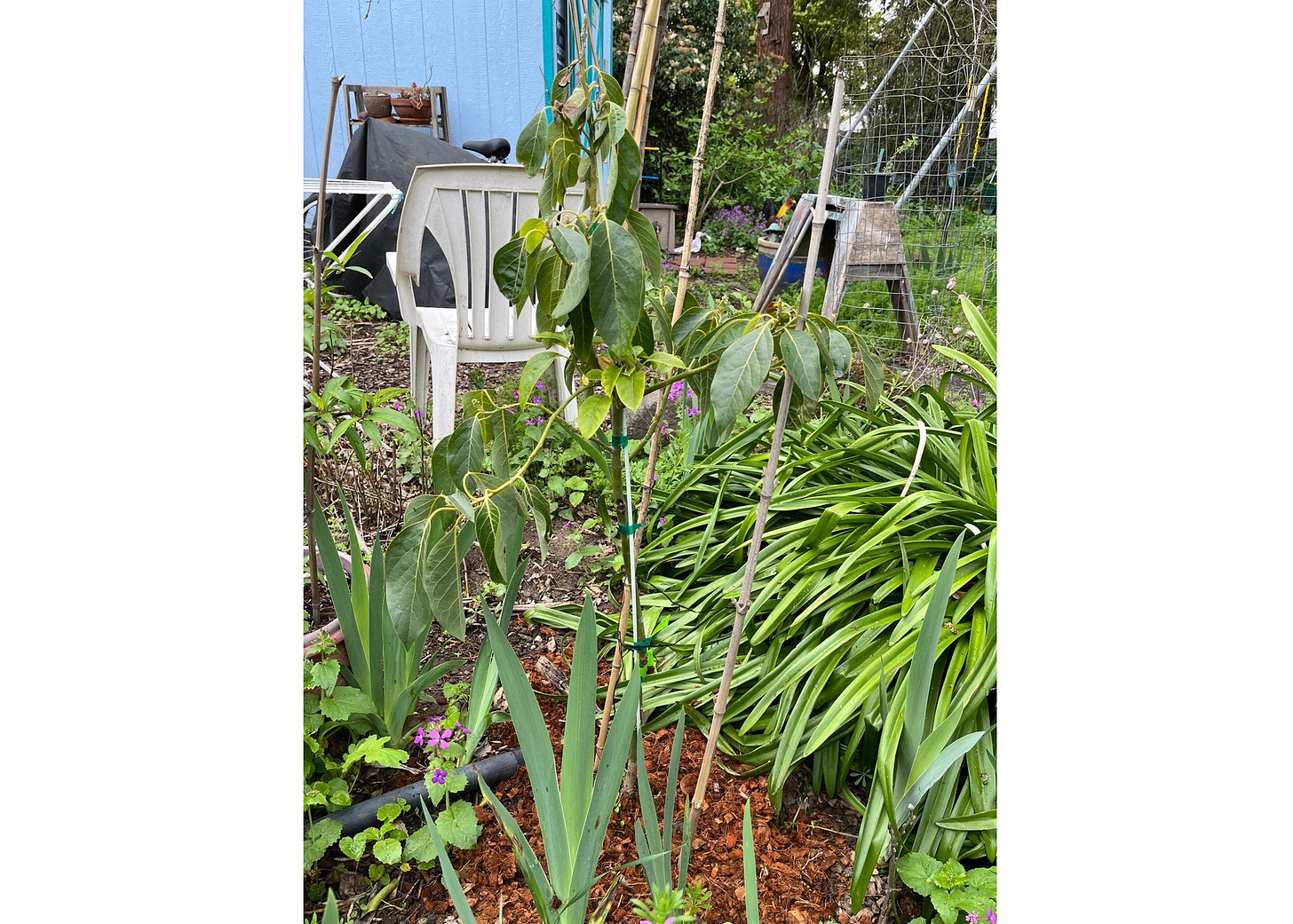
Avocados of Mexican descent tend to be the most frost-tolerant, and the variety called Mexicola Grande can withstand short periods below 20 F. Lila, another Mexican avocado, is reputed to be even more frost-tolerant. Since I live in the heat island of Napa city, I gave avocado growing another try, after two previous failures that were probably due to insufficient drainage rather than hard freezes.
Mexicola Grande was bred to have larger fruit than Mexicola, as the name suggests. The fruits have a thin, shiny, black skin that you can eat. Their meat is sweeter, creamier and nuttier than Hass avocados. Like some other Mexican varieties, their leaves have a distinct, anise-like scent.
The Hass avocado, although first found in California, is also a Mexican avocado, and both Hass and Mexicola Grande are packed with vitamins and minerals. Mexicola Grande is slightly lower in fat than Hass. Its creamy texture makes it perfect for guacamole.
Mexicola Grande is considered an early season avocado, but when grown in California, its season ranges from October to January. Most of the crop matures all at once, the skin turning a deep purple to almost black. The fruit will drop from the tree when fully mature.
Avocados are unique among fruit trees in having two types of flowers. Type A flowers open in the morning and are ready to receive pollen. Type B flowers open in the afternoon. Most avocado trees have one type or the other, not both.
The Mexicola Grande will self-fertilize, but you will get greater yield if you have a Type B variety nearby that blooms in the same season, such as Winter Mexican, Joey or Bacon.
Perhaps in the future we’ll see commercial avocado orchards in Napa Valley in areas that can be dry-farmed and have good drainage.
Events
Library Talk: Join UC Master Gardeners of Napa County and Napa Public Library for “Olive Trees for the Home Gardener” on Thursday, May 1, from 7 to 8 p.m. via Zoom. A perfect fit with Napa’s Mediterranean climate, olives are drought-tolerant, low-maintenance and adaptable to containers, with year-round silvery foliage. Learn how to grow your own. Register for the free Zoom link and note that the meeting will lock and deny entry after 7 p.m.
Tree Walk: UC Master Gardeners of Napa County will lead a tree walk through Napa’s Fuller Park on Friday, May 16, from 10 to 11:30 a.m. Fuller Park contains many exotic and native trees that have been planted over the last 120 years. Tour begins at the corner of Oak and Jefferson streets in Napa. The walk is free, but space is limited and registration is required.
Help Desk: The Master Gardener Help Desk is available to answer your garden questions on Mondays and Fridays from 10 a.m. until 1 p.m. at the University of California Cooperative Extension Office, 1710 Soscol Ave., Suite 4, Napa. Or send your questions to mastergardeners@countyofnapa.org. Include your name, address, phone number and a brief description of the problem. For best results attach a photo.
—
Rainer Hoenicke is a UC Master Gardener of Napa County.







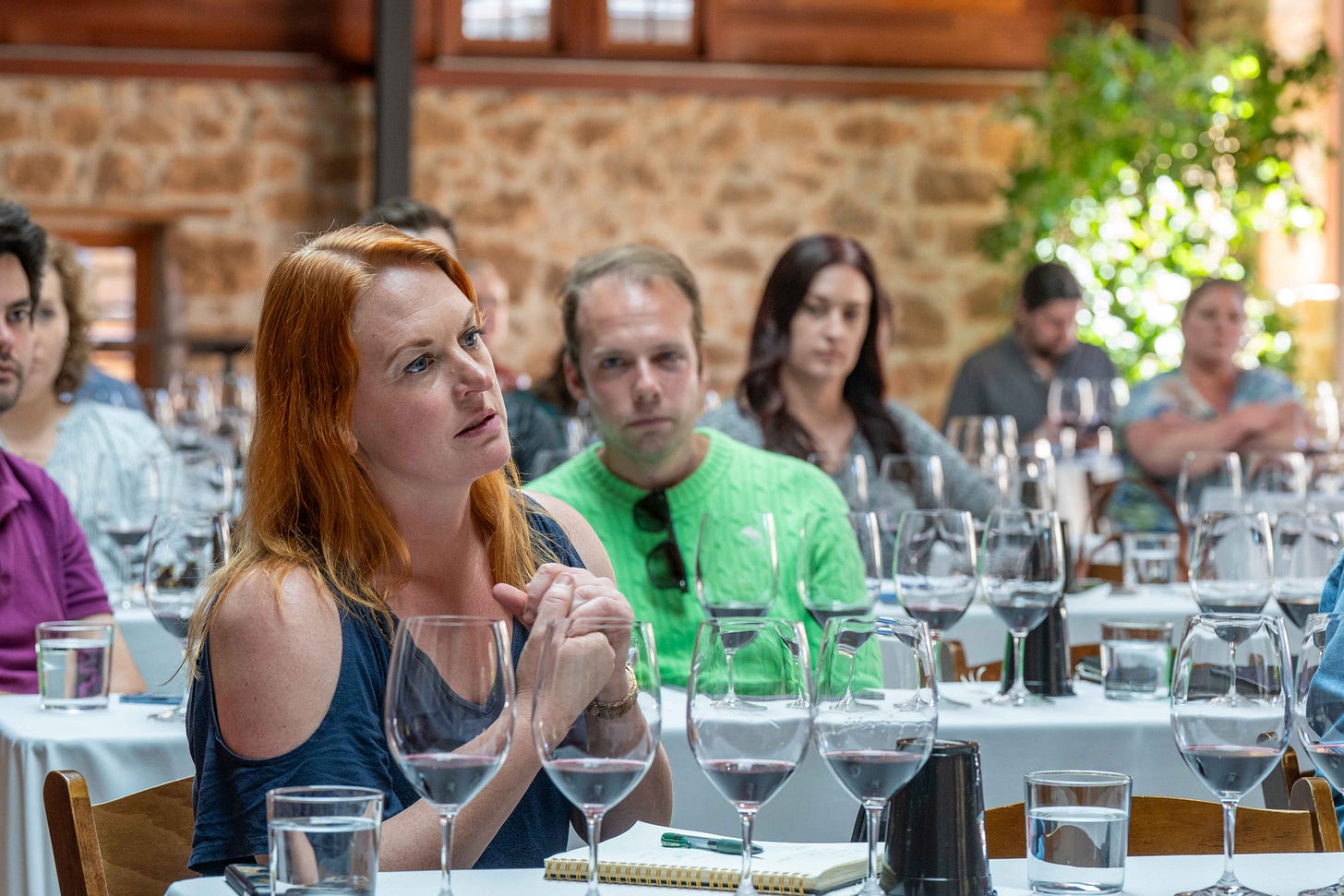

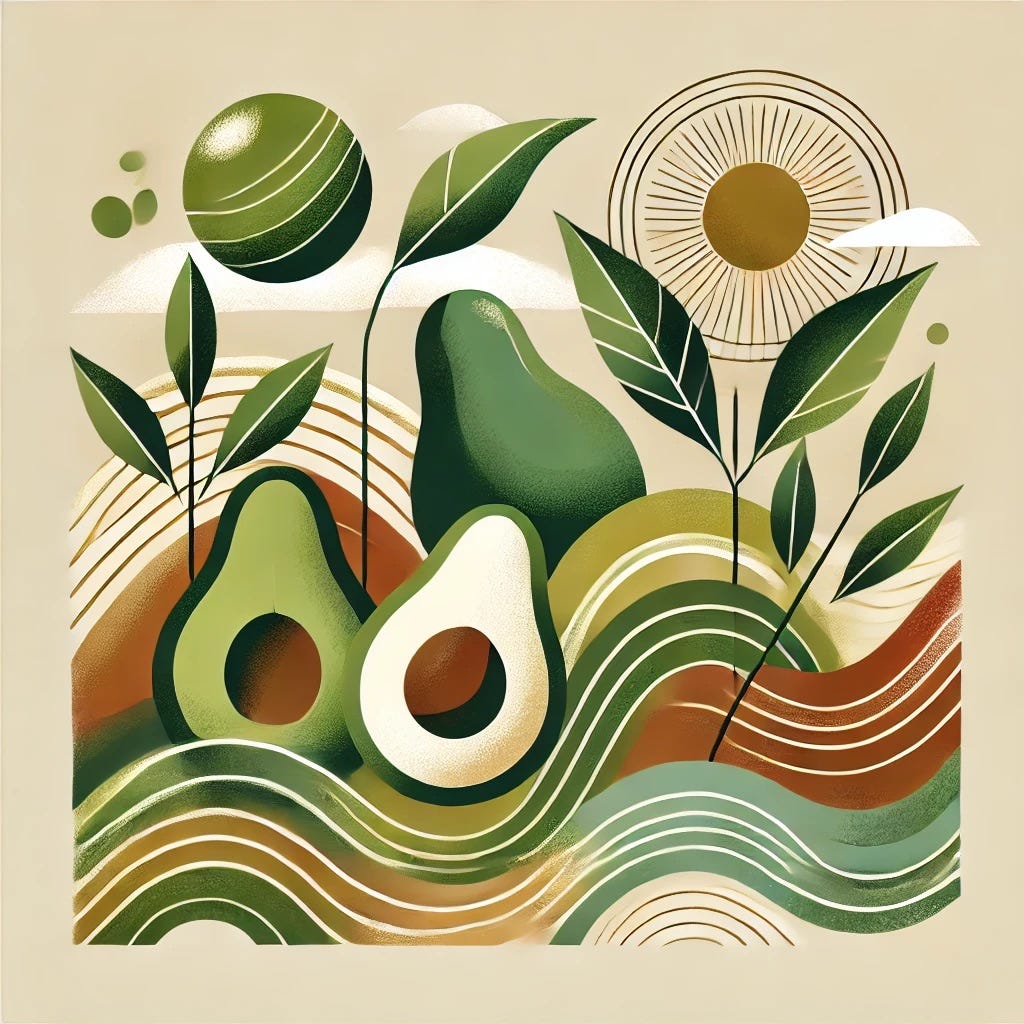



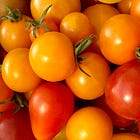
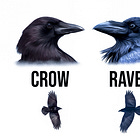







I have found that the climate zone mapping is simply getting more granular, more accurate... We have 60-70 year old avocados and citrus in my neighborhood- well beyond the age where a shift in climate would have allowed their success. Especially on hillsides, it has always been free of hard frosts. In the "olden days," the whole County was painted with a broad stroke brush about climate. Look at Napa Valley AVA (circa 1980) for example, and now there are 17 nested AVAs with more on the way. Better mapping is not climate change in and of itself.